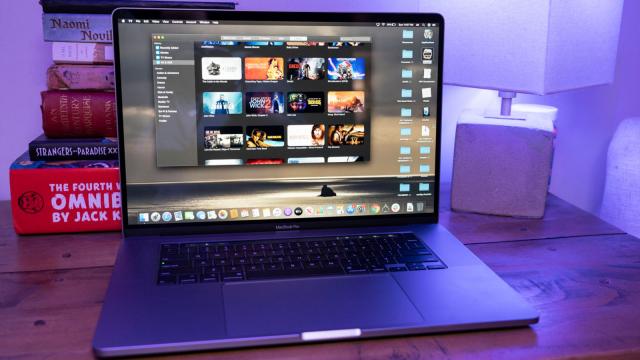Even though COVID-19 has already put hurt on Apple’s bottom line and forced the company to temporarily close stores in China, according to a new report, the coronavirus hasn’t put any dampers on Apple’s plans to release new devices: specifically, six new products with mini-LED displays over the next two years.
According to respected Apple analyst Ming-Chi Kuo (via MacRumors), research and development of mini-LED screens have been unaffected by COVID-19, with commercialisation of tech actually ahead of schedule.
But what’s potentially even more surprising than the tech being ready this early is that Kuo claims Apple is planning to release two of its six devices with mini-LED before the end of the year: a 27-inch iMac Pro and a 7.9-inch iPad Mini.
While Kuo did not provide a specific timeline for the new iPad Mini’s release, he did mention that he expects the new iMac Pro to go on sale sometime in Q4. Putting a mini-LED screen on an iMac Pro makes a lot of sense, as mini-LED screens typically boast better contrast and brighter colours than a traditional LCD display. This would be perfect for video editors and other content creators who tend to be the biggest buyers of new iMac Pros.
Moving into 2021, Kuo expects Apple to release four more devices with mini-LED screens, including a 10.2-inch iPad, a 12.9-inch iPad Pro, a 14.1-inch Macbook Pro, and a 16-inch MacBook Pro. Of these devices, the standout is definitely the 14.1-inch MacBook Pro, which would represent a slightly new direction for Apple’s MacBook Pro line thanks to its larger screen, but crammed in a body that probably won’t be much bigger than a current 13-inch MacBook Pro.
That said, Apple’s move towards mini-LED screens is a somewhat curious decision, as mini-LED is generally thought of as a transitional step between today’s LCD screens and micro-LED tech. The big advantage for mini-LEDs is that because of their smaller size, it’s much easier to design a display with way more local dimming zones, allowing the display to have better contrast and black levels. However, mini-LED screens typically still rely on backlighting of some kind, so you’re never get the pure blacks you see on OLED and micro-LED displays.
That said, current yields on micro-LED screens are quite poor, which means they are extremely expensive to make and sell, so going with mini-LED may provide Apple with a solid upgrade while Samsung and others dump additional money into developing and refining micro-LED tech.
